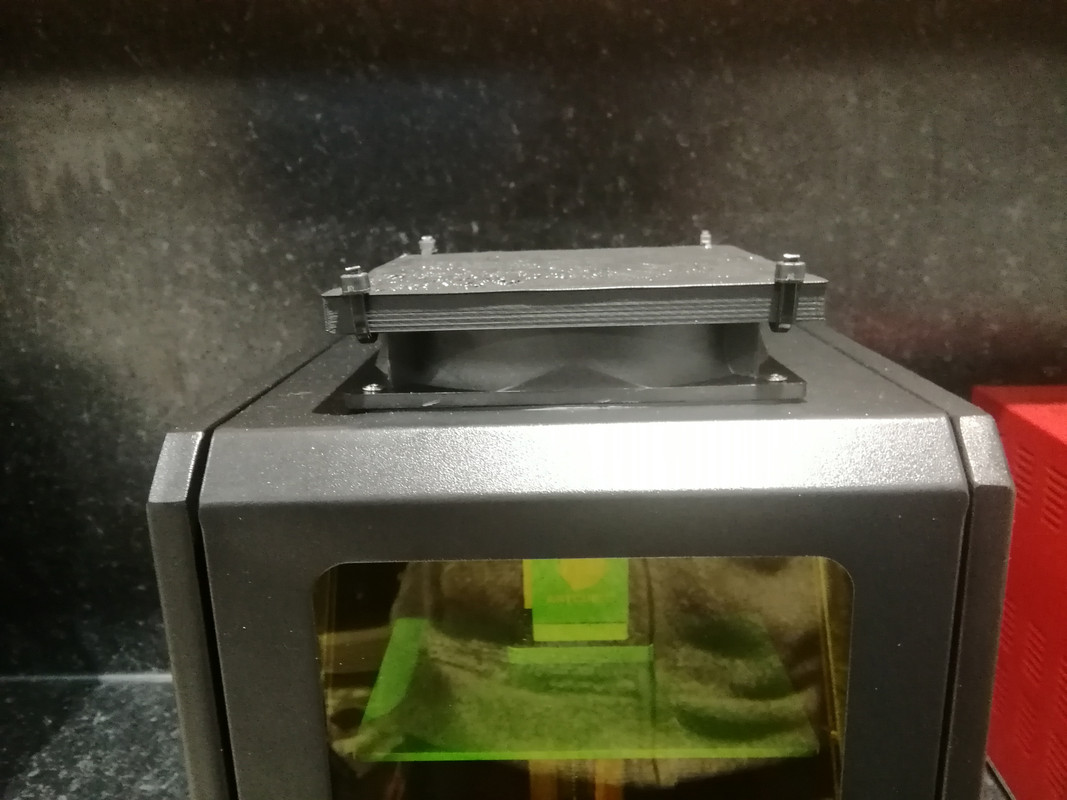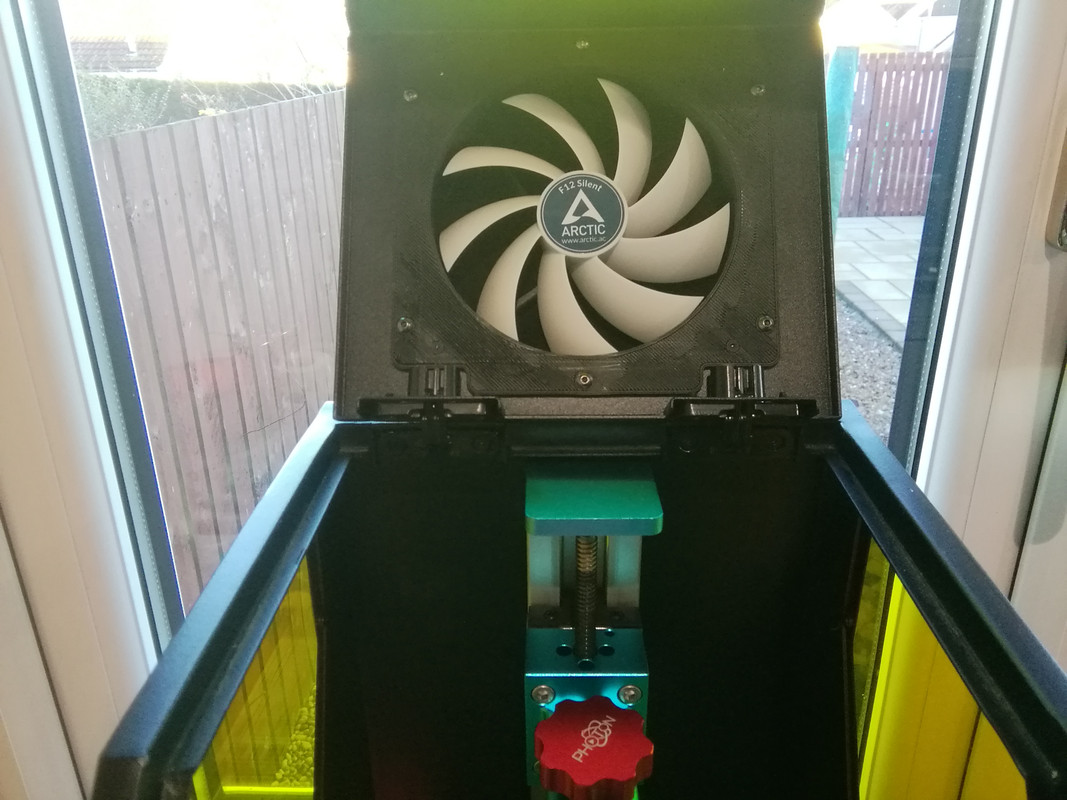Although I don't have a Photon, I've been using my Form 1+ now for 3 years or so. I'm now using ApplyLabWork resin exclusively. I works really well in my printer and it's very reasonably priced. They now have DLP resins as well, so you might want to give them a try.
Anyway, regarding size inacuracies, there could be 2 problems.
1. Resin absorbs alcohol, so if you leave a model in alcohol for a while during the cleanup phase, it will swell, and it will shrink back for a few days. You should take your model an curit completely before measuring, then you will get a more accurate value.
2. Basically the image being projected is not accurate, or there is some bleeding of light past the edges of the image.
You should print a test model that has cutout, for example something like a frame. Measure the outside and the inside opening. If your model is larger on the outside dimensions but smaller on the inside dimensions, then your issue is with either the optics or the resin being used. It's the equivalent of over-extrusion on FDM, but it's not easily pinpointed on a resin printer, especially a DLP, or in the case of the Photon a Masked LCD printer.
I've used photopaper (I mean developers photopaper, not inkjet photopaper) to calibrate my printer, and you can do the same. Here is a 2d design you can use for testing. I created a 3D extrusion out of it so you can print it.

http://www.soliforum.com/misc.php?actio … item=11124
The outside of the square is 60mm, the inside is 50mm. The outside of the circle is 40mm, and the thickness is 1mm. The crosshairs are .5mm.
Important: Since you will be using photopaper which is light sensitive, take some precautions, like either very subdued, indirect light or even better, a red dark room bulb (I have Philips Hue in my room, and all I need to do is dial the color to a nice red).
Anyway, take some photopaper, put it pace down on the tray, put something on it like a book, to make sure it's flat against the bottom. Remove the build platform, and tell the printer to print this model for about 10-20 layers. This will expose the phototpaper. Stop the printer, pull the paper out, and start measuring. You should get some very defined lines/edges. Since you already know what the measurements are supposed to be, you'll be able to tell how close the printer gets to them.
If you're working in a true dark room environment, you could even develop the image, if not, you should work fairly fast because the ambient light will start to darken the photopaper pretty quickly.
FWIW, I bought a pack of Kodak Polycontrast III RC B&W photopaper on eBay for like $12.00 for 50 sheets, and you'll probably end up using maybe 3-4 sheets depending on how quickly you can calibrate your printer, so don't feel the need to splurge on a large box, you probably won't need it.
Good luck.
Post's attachmentstest print.STL 60.24 kb, 2 downloads since 2019-03-16
You don't have the permssions to download the attachments of this post.
To print or, 3D print, that is the question...
SD3 printer w/too many mods, Printrbot Simple Maker Ed., FormLabs Form 1+
AnyCubic Photon, Shining 3D EinScan-S & Atlas 3D scanners...
...and too much time on my hands.








